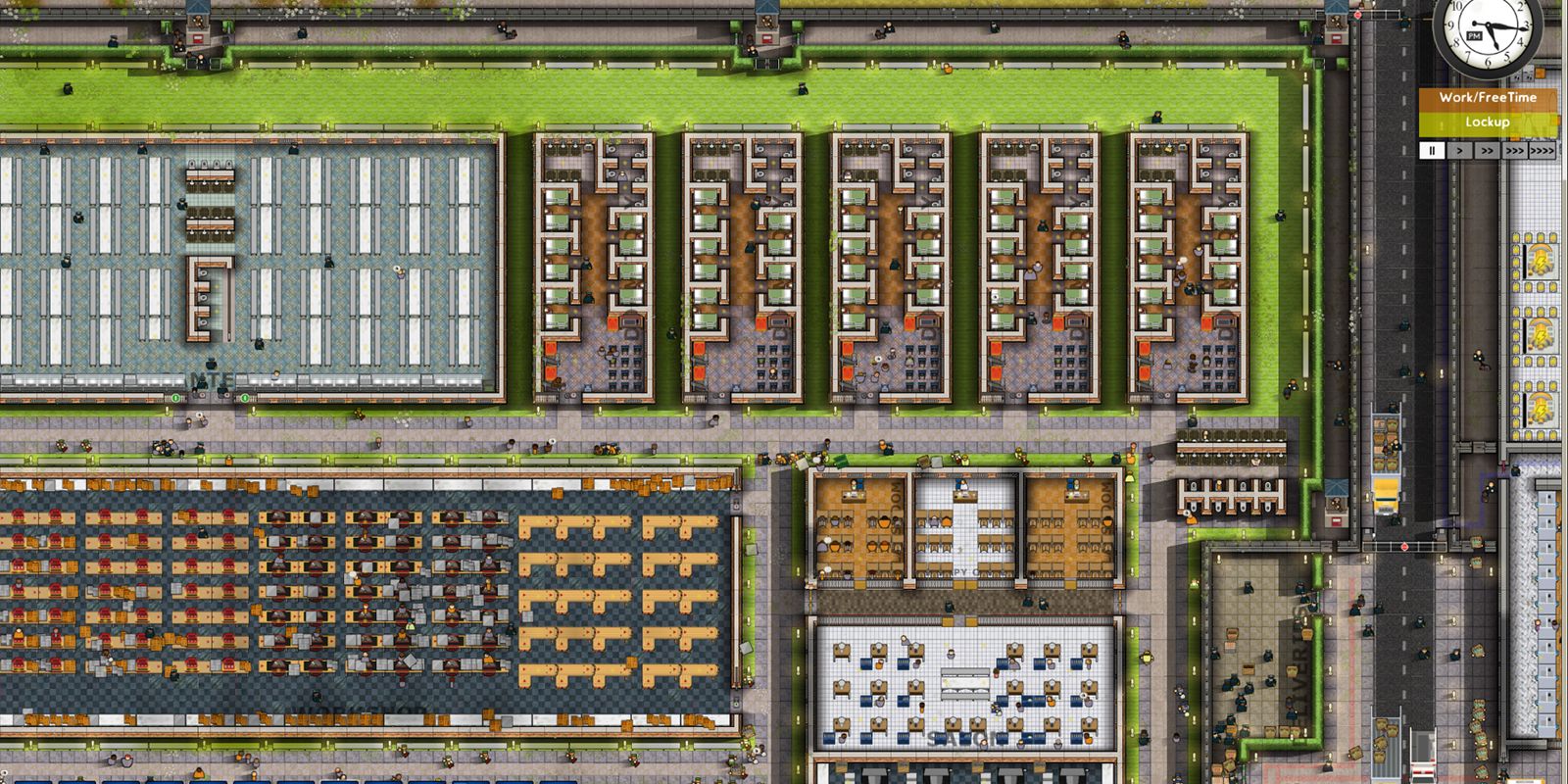
Despite Bentham’s grand vision for a revolutionary prison design that would drastically reduce prison costs while enhancing inmate reform through menial labor, the Panopticon was not conducive to proper housing of prisoners. The central guard tower had underground access so additional officers could get to any cellblock in which there was a disturbance. “Stateville,” built with inmate labor in Illinois between 19, is probably the most well-known. In the United States, only a few prisons were built in the Panopticon tradition. Elevation, section and plan of Jeremy Bentham’s Panopticon penitentiary, drawn by Willey Reveley, 1791 Bentham even went so far as to suggest that inmates would not need to be under constant supervision because they would not know when they were being observed, so they would be compelled to behave at all times. This allowed the keepers to observe the prisoners, but not to be observed by them. The Panopticon concept was a circular building with inmate cells built on the outside wall, with the keeper’s gallery rising in the center. The most famous prison design of this period is the Panopticon, envisioned by prison reform activist Jeremy Bentham. Prison architects began to include varied geometric shapes in their designs, including rectangles, squares and circles. The Gaols Act of 1823 introduced the concept of classification of inmates, and prison design during this time reflected the concept. In America, expanding civilization and the development of criminal law drove a similar construction boom.

In England, prison construction was driven by the fact that authorities could no longer merely banish offenders to America the Revolution had put a stop to that. Under the influence of the Catholic Church, communities had increasingly begun to rely on imprisonment as punishment, rather than the previously used tactics of death, mutilation or exile. Modern prison design has its roots in the first “prison boom,” which started in the late 1700s. In addition to enhancing inmate and staff safety, jails designed around pods are thought to be more cost-effective and foster a more positive, rehabilitative environment for inmates.īut this design is relatively new it wasn’t until 1983 when direct supervision was formally recognized by the National Institute of Corrections. Inmates spend most of their time in common areas, with corrections officers continuously monitoring their behavior and interacting with them directly. Today, prison design mostly incorporates direct or indirect supervision: Rather than isolating inmates in cells in a linear fashion, the facility consists of “pods” clustered around a central monitoring station. Part 2: Prison Reform: The Origin of Contemporary Jail Standards Part 1: Understanding Our Roots: A Brief History of Prisons
#Most efficient prison architect layout series
Editor’s Note: This article is the last in a series on the history of jails:


 0 kommentar(er)
0 kommentar(er)
